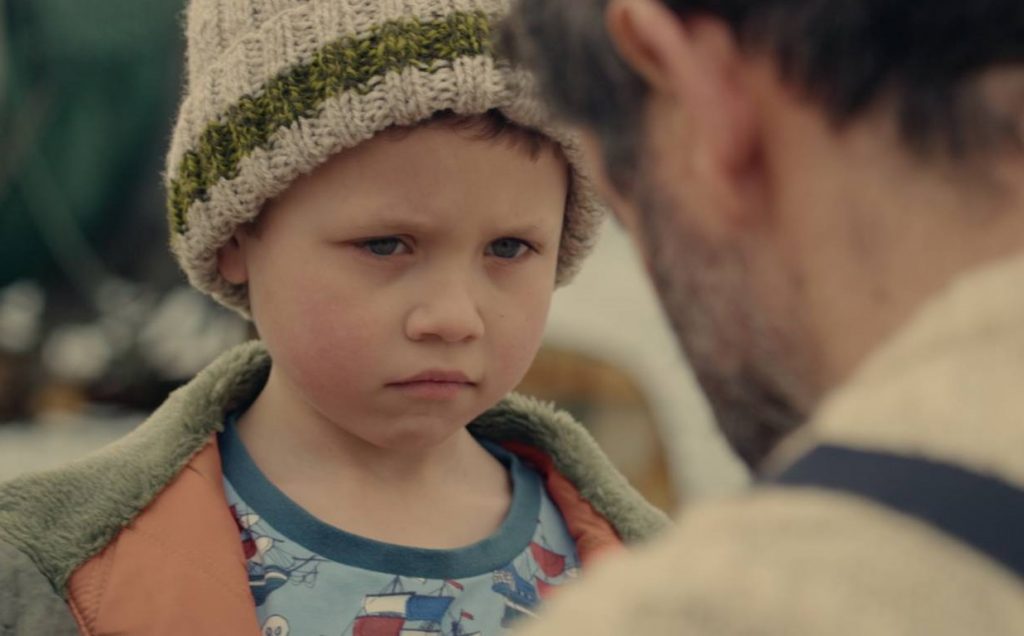We can’t fail to invest emotionally in a high stakes tale packed with drama, so it matters little that Branson wasn’t actually trying to sell us anything. The Quest (or Desire) The quest is the key goal or want of your story or, more usually, its key character – the hero. Consider making yourself the helper, not the hero, and save your ‘appearance’ for the emotional climax. The Obstacles Princess needs rescuing. Not much of a story, is it? Obstacles create conflict, or drama. After all, if there’s nothing at stake – if nothing happens to our hero if he or she fails – why should we bother watching? This is crucial to evoking an emotional connection in your audience. This is where the viewer’s emotional investment pays off and the dramatic conflict initiated at the start of your story is resolved. Tying the emotional resolution to your brand or product in some way, without destroying that emotional investment is a subtle art form.

When Richard Branson – one of the wealthiest and most successful businessmen on the planet – was hospitalised in a cycling accident, we’d have forgiven him for hiding away, concealing his battered and bloodied face from the world. Instead, and perhaps unsurprisingly given his history of cultivating such a very public persona, Branson told his story in breathless detail, accompanied by gory images of purple bruises and bleeding cuts.
We can’t fail to invest emotionally in a high stakes tale packed with drama, so it matters little that Branson wasn’t actually trying to sell us anything.
Instead, telling his story had the effect of humanising the Virgin brand, propagating its culture of transparency and reminding us that at the heart of this vast empire is a silver-haired guy just as capable of taking a tumble from his bike as the rest of us.
Of course, telling stories is an ancient tradition as old as cave paintings.
In the digital age, advanced storytelling techniques used as part of a video marketing strategy allow us to move away from the blunt instrument of product-led content to a more sophisticated approach based on creating emotional connections with our audience.
Some sectors (charities, for example) lend themselves readily to purposeful, emotional storytelling, but in skilful hands even more mundane categories such as financial services can tell stories that strike a powerful chord.
Two stories can be very different but most stories will follow pretty strict rules and are structured much the same way. You can see this storytelling structure at work in any film, TV drama or work of literary fiction and creating brand or message based storytelling isn’t really that different. Let’s look at each element in turn.
The Quest (or Desire)
The quest is the key goal or want of your story or, more usually, its key character – the hero.
‘Lowly farm hand must rescue beautiful princess from evil dictator’ is a story trope that has been recycled over and over in countless forms over many centuries. It also happens to be the central quest of a movie which sparked the most successful film franchise of all time – Star Wars.
Obviously, the quest doesn’t have to be something as spectacularly tangible as blowing up…
COMMENTS